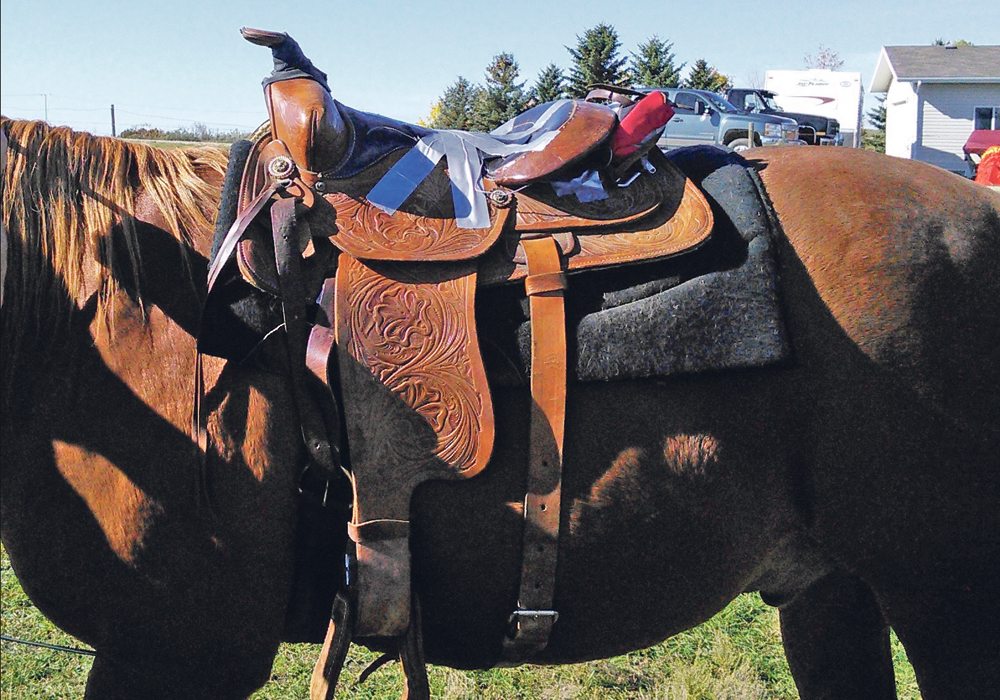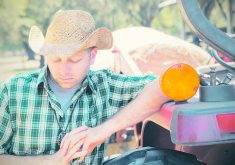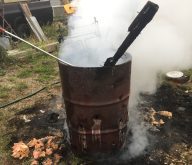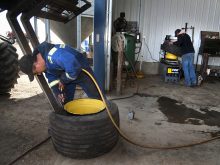FARM SAFETY Research has found that sitting in machinery for too long without a break can also put farmers at risk
A recent study is suggesting farmers may want to take breaks more often to prevent back pain because risks can become high when horseback riding or sitting in cabs for too long.
The research, conducted by the Canadian Centre for Health and Safety in Agriculture, analyzed vibration and shock rates when farmers are using equipment or on horseback when working.
Vibration rates are consistent, like feeling the hum of the engine or the casual trot when the horse moves on even ground. Shock rates generally happen occasionally, such as feeling bigger bumps or jerks when moving on uneven ground.
Read Also

Food can play a flavourful role in fun summer activities
Recipes – popsicles are made with lactose-free milk and yogurt so are perfect for those who can’t tolerate milk, while everyoneelse will also enjoy them
“A few things make horse vibrations different than machinery vibrations,” said Catherine Trask, one of the researchers who worked on the project.
“Horseback riding doesn’t have a high vibration frequency like an engine hum, but it does have a lot of shock, which carries a different kind of risk.”
To figure out the risks, she said the researchers equipped saddles and cabs with devices that measured both the vibration and shock rates. They went to 22 farms in 2015 to compile data, combining both rates to come up with what they call a vibration dose value. The higher the value, the more at risk farmers are for back pain.
As it turns out, horseback riding western style (research participants only rode this way) posed a greater risk for back pain. It had vibration dose values from 23 to 26, which exceeded the threshold of 21.
Riding in larger equipment such as a combine generally had values lower than 10, while riding in smaller equipment, such as a skid steer, had values around 12.
“Any amount of these vibration levels isn’t great for you,” Trask said.
“Certain levels are going to be more of a problem for others, so it’s important that people know that and find ways to reduce risks.”
Trask pointed to a number of things farmers and ranchers can do to reduce such risks.
For one, she recommended they schedule more rest breaks when out on the field. For example, getting out of the combine or off the horse to walk around and stretch is beneficial.
“You want to bring blood back into your arms and legs and allow your back to decompress after sitting,” she said.
“For horseback riding, you may also want to think about choosing a smoother path if you have back pain and are concerned about exposure.”
As well, Trask said farmers should ensure they maintain their engines so they’re not vibrating as harshly. They should also look at retrofitting their cab seats, but she said that can be expensive.
“Vibration-cancelling seats reduce exposure to nearly nothing, but it can be expensive and installing them to five pieces of equipment probably isn’t practical,” she said.
“But make sure the seating is as good as it can be, especially for older equipment. Having new foam or a foam cushion that is duct-taped down is better than crooked old foam.”

















